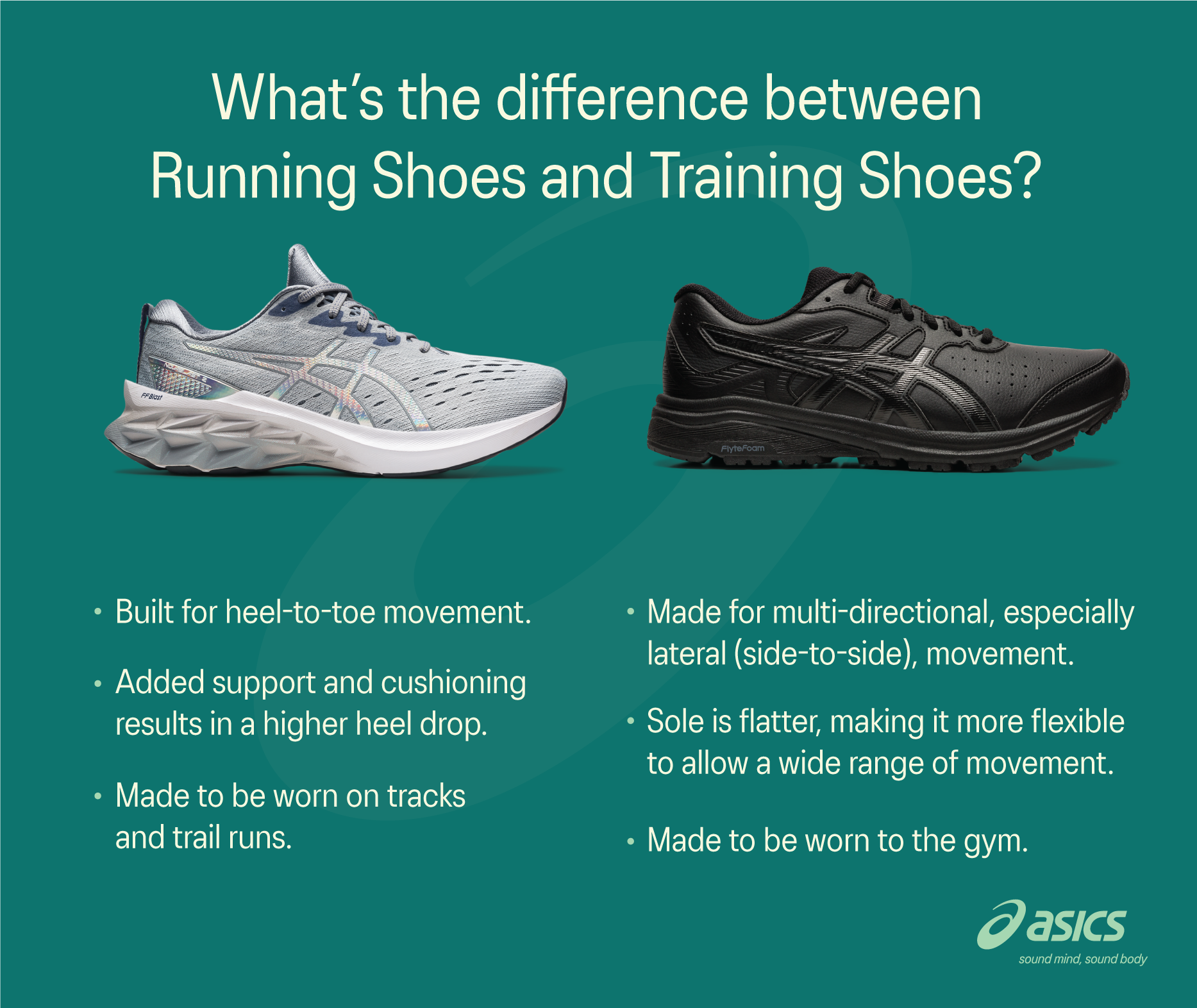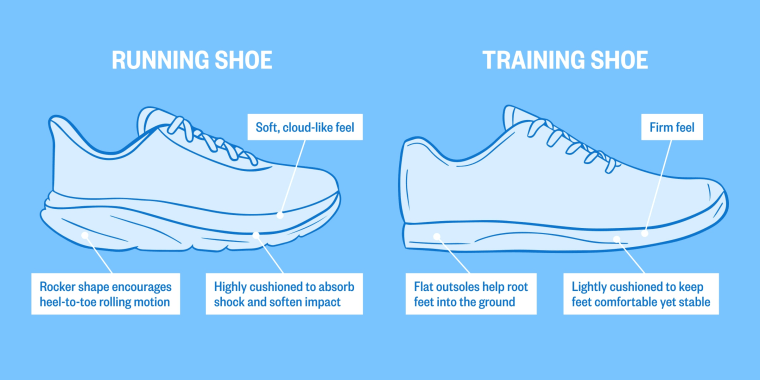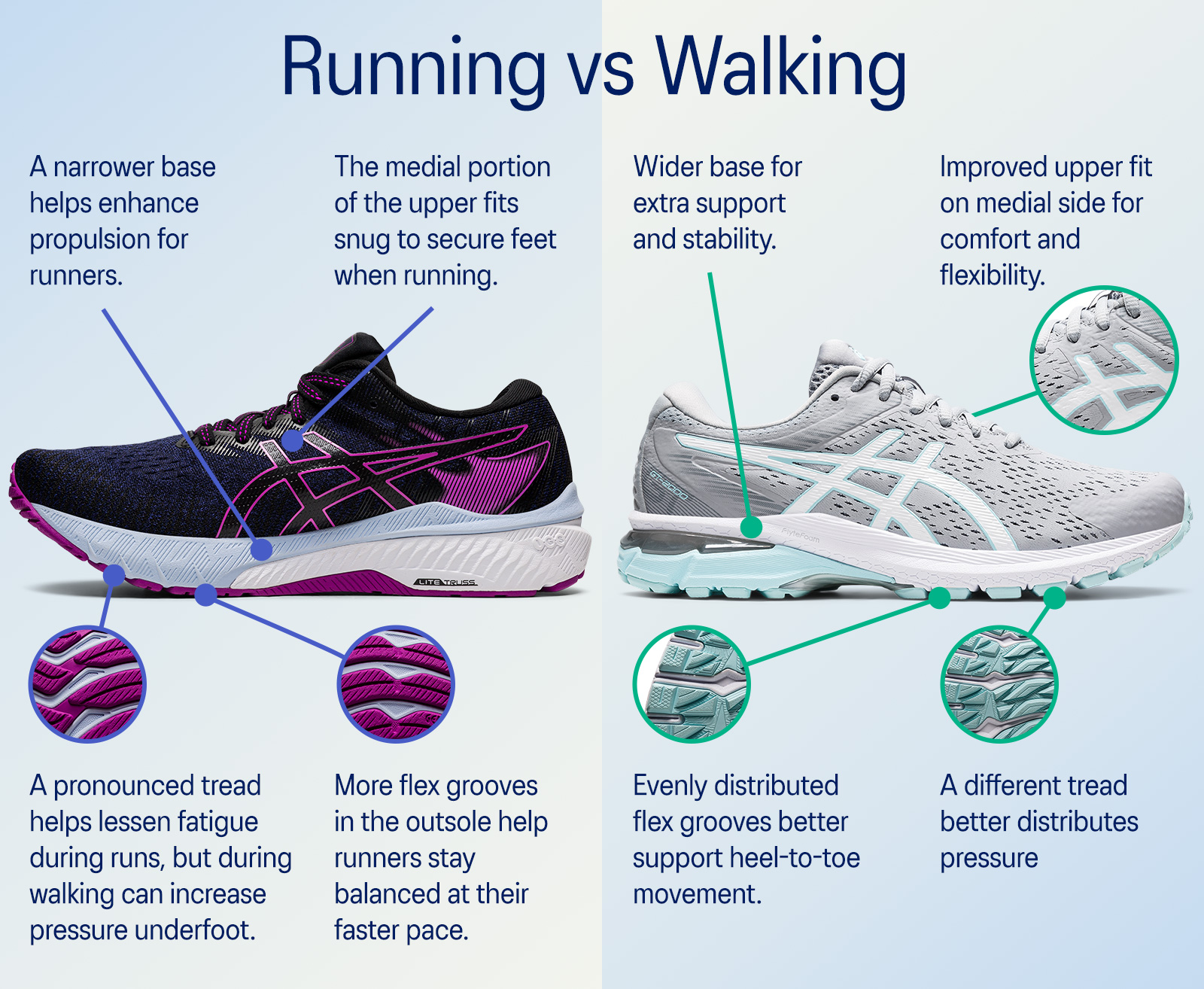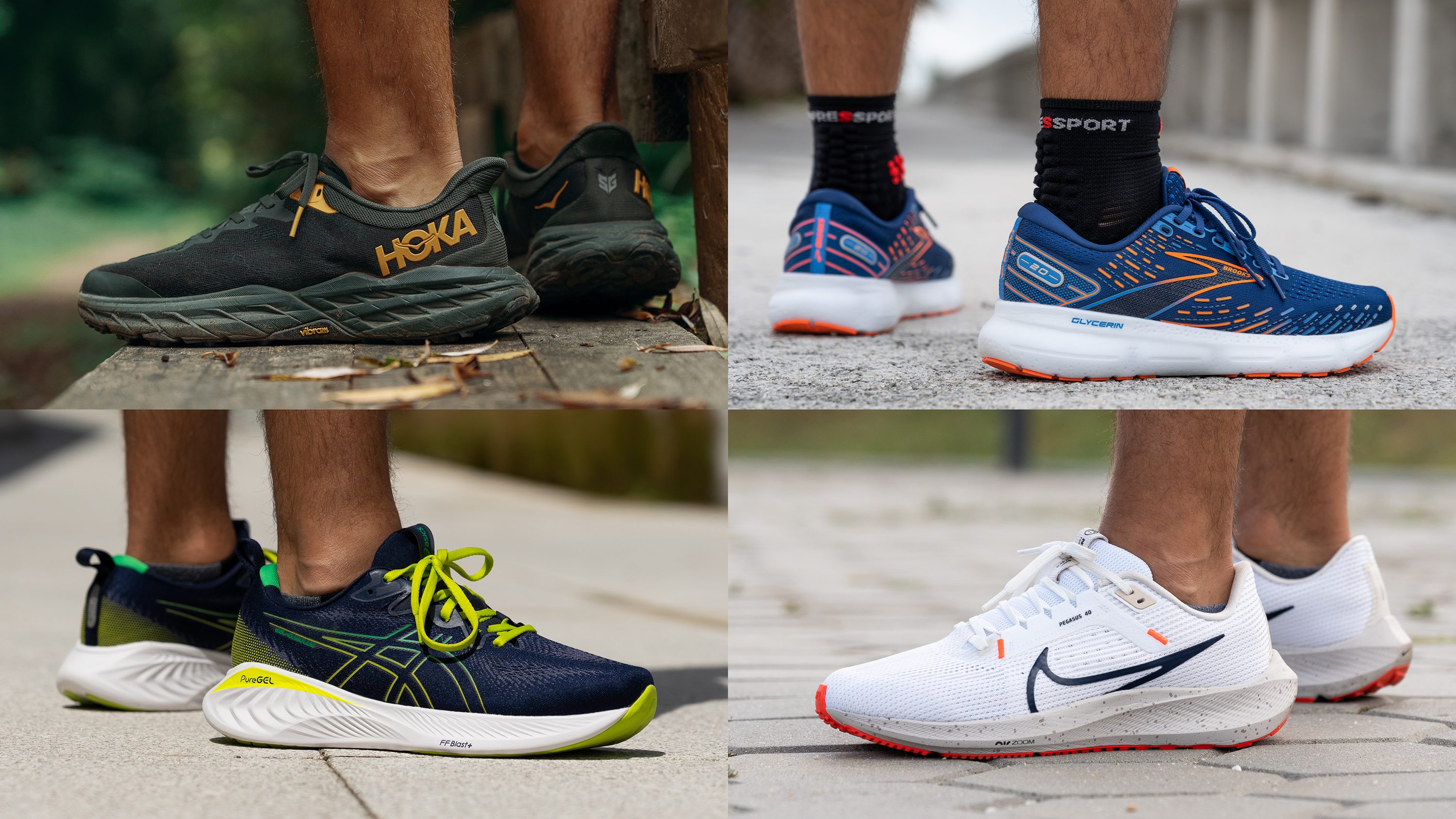



When it comes to choosing the right footwear, understanding the differences between running and walking shoes is crucial. Both types of shoes are designed with specific features that cater to the unique movements and needs of these two activities. Whether you’re a casual walker or a dedicated runner, investing in the right shoes can enhance your performance, comfort, and overall experience.
Understanding the Basics
What Are Running Shoes?

Running shoes are specifically engineered to endure the repetitive impact associated with running. They are built with superior cushioning, stability, and fit to support the runner’s foot during high-impact activities. Modern running shoes often feature a lightweight build, ensuring that runners can maintain speed without excess weight.

What Are Walking Shoes?
Walking shoes, on the other hand, focus on comfort and support during low-impact activities. They typically provide a flatter sole than running shoes, which allows for a more natural foot movement while walking. Walking shoes are designed for comfort over long periods, making them ideal for casual strolls or daily wear.
Key Differences Between Running and Walking Shoes
Cushioning and Support

One of the most significant differences between running and walking shoes is the level of cushioning. Running shoes are equipped with ample cushioning in the midsole, as runners exert more force with each stride. In contrast, walking shoes have the cushioning distributed more evenly and typically not as thick, providing the necessary support without compromising stability.

Heel Height and Drop
Running shoes generally have a higher heel height and drop compared to walking shoes. The heel drop refers to the difference in cushioning between the heel and the forefoot. This feature is crucial for runners as it helps in promoting stride efficiency. Walking shoes maintain a lower heel drop which enables a natural gait.
Weight
Weight is another factor where running and walking shoes differ. Running shoes are often designed to be lightweight, allowing for quicker movements. Walking shoes, however, can be slightly heavier as they are made for durability and comfort over extended wear rather than speed.
Flexibility
Flexibility is essential in footwear. Running shoes are designed for forward motion and typically offer more flexibility in the forefoot compared to walking shoes, which provide stability throughout the shoe. This flexibility is vital for runners as it allows for an effective toe-off during the running gait.
Outsole Design
The outsole of running shoes often has a more complex tread pattern designed for traction on various surfaces. Meanwhile, walking shoes have a simpler, flatter outsole to facilitate smooth movements. The outsole plays a crucial role in providing grip and durability as it interacts with the ground.
Comparison Table: Running Shoes vs. Walking Shoes
| Feature | Running Shoes | Walking Shoes |
|---|---|---|
| Cushioning | High cushioning for impact absorption | Moderate cushioning for comfort |
| Heel Height | Higher, with substantial drop | Lower, minimal drop |
| Weight | Generally lighter for speed | Heavier due to durability |
| Flexibility | More flexible at the forefoot | Stability throughout the shoe |
| Outsole | Complex tread for multiple surfaces | Flatter for consistent ground contact |
Real-World Experiences
Case Study: Runner’s Experience
Take Sarah, an avid runner from Portland, Oregon. Sarah initially used a pair of walking shoes for her runs. After experiencing discomfort and minor injuries, she switched to a well-reviewed pair of running shoes from Nike, which provided better cushioning and support. After making this change, she reported improved performance and comfort during her runs, allowing her to increase her distance and speed considerably.
Case Study: Walker’s Experience
Similarly, consider Mike, a long-distance walker from Austin, Texas. Mike used to wear athletic sneakers while walking but faced foot fatigue after long walks. After researching and trying on several options, he found a comfortable pair of walking shoes from New Balance. Not only did he notice a significant reduction in discomfort, but he also felt more capable of walking longer distances without fatigue.
Tips for Choosing the Right Shoe
Evaluate Your Activities
Before purchasing, evaluate what you plan to do most—run or walk. If you intend to mix both activities, consider investing in one of each type, as they will serve different purposes and conditions.
Get a Proper Fit
When trying shoes on, make sure to wear the same type of socks you intend to use during your activities. Test shoes by walking or running in the store, ensuring there is enough space in the toe box and a snug fit around the heel.
Look for Specialty Stores
For the best experience, visit specialty shoe stores. These stores often have professional staff who can analyze your gait and recommend the best shoe based on your foot type and activity level.
Pay Attention to Quality
Investing in quality footwear pays off. High-quality shoes often last longer and provide better support, reducing the risk of injury. Look for reputable brands that have positive reviews and ratings.
Consider Your Budget
While quality is important, also consider your budget. Shoes can range from extremely affordable to high-end prices. Set a budget that works for you and explore options within that range without compromising essential features.
Popular Brands and Models in the U.S. Market
Top Running Shoe Brands
- Nike: Known for innovation and performance-enhancing technology.
- Adidas: Offers excellent cushioning and support with popular models like the Adizero and Ultraboost.
- Asics: Renowned for comfort and durability, with models like the GEL-Nimbus and GEL-Kayano.
- Brooks: Focuses on providing the right fit for runners with great arch support.
- Saucony: Offers a great blend of cushioning and responsiveness, perfect for long-distance runs.
Top Walking Shoe Brands
- New Balance: A favorite for casual walkers due to comfort and various width options.
- Skechers: Known for their memory foam insoles, providing exceptional comfort.
- Brooks: Offers a variety of shoes that cater to walkers, focusing on arch support and cushioning.
- Hoka One One: Gaining popularity for their maximal cushioning and lightweight design.
Reviews of Popular Models
Running Shoes
Nike Air Zoom Pegasus 38
Rating: 9/10 – The Pegasus 38 is celebrated for its versatility and excellent cushioning, making it suitable for both new and experienced runners.
Brooks Ghost 14
Rating: 9.2/10 – Known for their plush cushioning and smooth ride, the Ghost 14 has quickly become a go-to for many runners looking for comfort.
Walking Shoes
New Balance 990v5
Rating: 9.5/10 – The 990v5 is praised for its balance of support and style, making it ideal for both walking and casual wear.
Skechers GOwalk 5
Rating: 8.8/10 – With lightweight design and memory foam insole providing great comfort, the GOwalk 5 is a favorite among daily walkers.
Pros and Cons of Running and Walking Shoes
Running Shoes
Pros
- Excellent cushioning for high-impact activities.
- Lightweight for better speed.
- Designed specifically for forward motion and flexibility.
Cons
- Generally more expensive than walking shoes.
- Can wear out quicker if used for walking.
Walking Shoes
Pros
- More comfortable for all-day wear.
- Durable, designed for daily activities.
- Often more affordable than running shoes.
Cons
- Less cushioning for high-impact activities.
- May not provide adequate support for serious runners.
Frequently Asked Questions (FAQs)
1. Can I use running shoes for walking?
While running shoes can be used for walking, they may not offer the optimal comfort and support that walking shoes provide. It’s best to use footwear designed specifically for the activity you plan to engage in regularly.
2. How often should I replace my running/walking shoes?
It’s advisable to replace running shoes every 300-500 miles, while walking shoes may last longer, around 500-700 miles, depending on usage and wear patterns.
3. What are the signs that I need new shoes?
Signs include decreased cushioning, visible wear on the outsole, discomfort or pain while wearing them, and loss of grip or support.
4. Do I need to buy special insoles for my shoes?
Some people may benefit from custom or over-the-counter insoles for additional arch support or cushioning. However, most running and walking shoes offer adequate support on their own.
5. Are more expensive shoes worth the investment?
Generally, higher-priced shoes offer better technology, materials, and durability. If you are serious about your running or walking regimen, investing in a quality pair is often worth it.
6. Is there a difference between men’s and women’s shoes?
Yes, women’s shoes are often designed with a different heel-to-toe drop and overall shape to cater to unique foot anatomy differences. It’s essential to choose shoes specifically made for your gender.
7. Can I wear running shoes for gym workouts?
Many running shoes can work for gym workouts, particularly if you are doing cardio. However, for weightlifting or other activities requiring lateral movements, consider cross-training shoes, as they provide better support.
8. What should I look for in a running shoe for flat feet?
Look for shoes with good arch support and stability features. Brands like Asics and Brooks offer models specifically designed with flat feet in mind.
9. Are there environmentally friendly options for shoes?
Yes, brands like Allbirds and Veja focus on sustainable materials and eco-friendly manufacturing processes, providing excellent alternatives for environmentally conscious consumers.
10. How important is it to try on shoes before buying?
Trying shoes on is crucial to ensure a good fit. Each brand has different sizing and comfort levels; always test shoes in-store whenever possible.
11. What is a gait analysis, and do I need one?
A gait analysis assesses how your foot strikes the ground while running or walking. It can help in choosing the right shoe type. Many specialty running stores offer this service to help you find the perfect fit.
Conclusion
Choosing between running and walking shoes is more than just a preference—it’s about understanding your activities and what your feet need to perform their best. By investing in the right footwear, you’re setting the stage for a more enjoyable and injury-free experience, whether you’re hitting the pavement for a run or enjoying a leisurely stroll. Remember to consider your fit, activity level, and preferences in style when making your choice. With the wide variety of options available in the U.S. market, you’ll surely find the perfect shoes for your needs.
For more insights on footwear, check out the Runner’s World site.